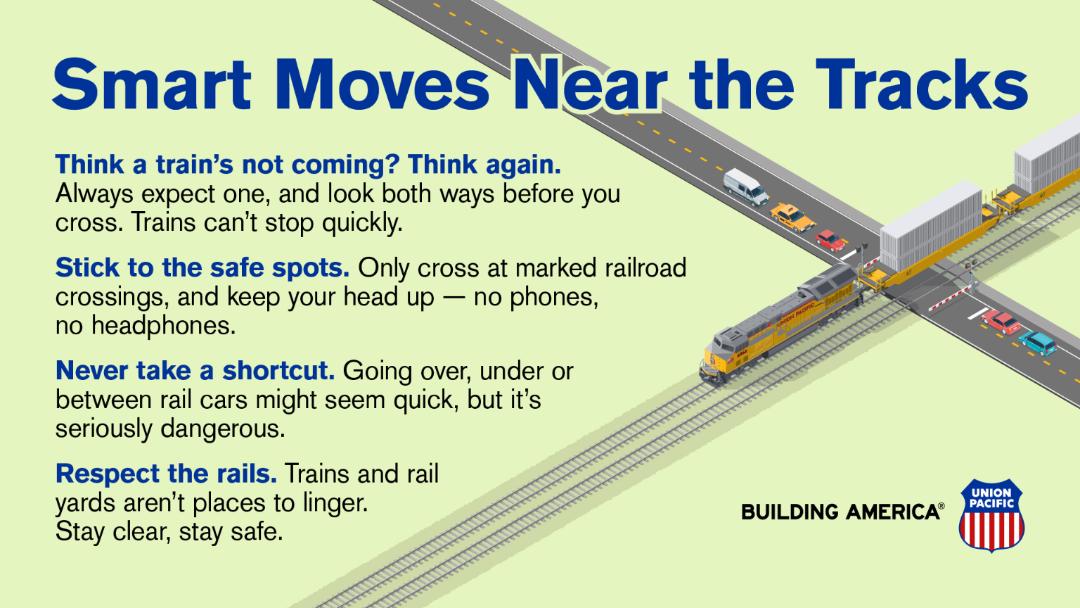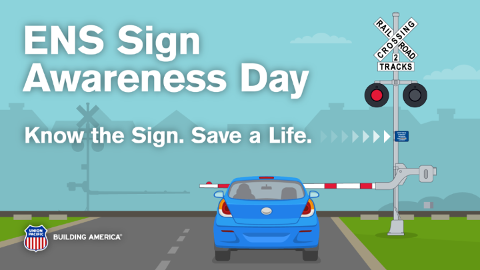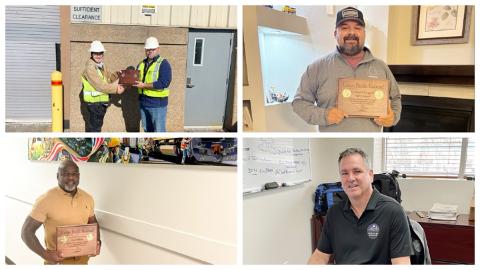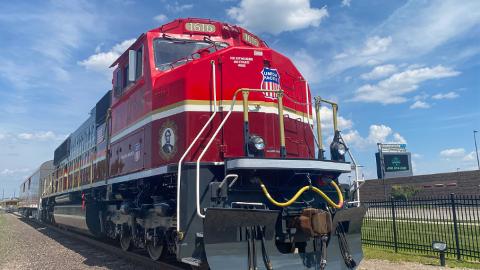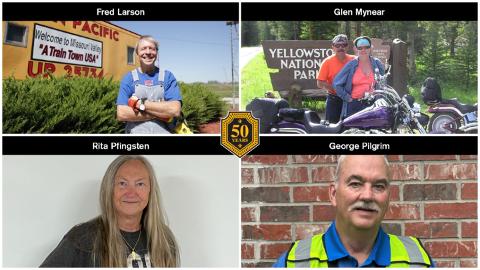It was a bitter cold February afternoon in 1992 when I was called to the scene of a tragedy I will never forget. A train had collided with a pedestrian on the tracks.
It was devastating – and entirely preventable.
That day, I not only witnessed the sorrow of the pedestrian’s family, but also the deep pain carried by the train crew, who had no chance to stop in time.
At that moment, a simple but powerful truth known by all railroaders became clear to me: trains can’t swerve, and they can’t quickly stop. With their massive size and speed – often traveling between 50 and 70 mph – a train can take more than a mile to come to a complete stop. Additionally, a train appears smaller and farther away than it really is. Plus, the sound of the engine trails behind the locomotive, and steel wheels gliding on steel tracks are surprisingly quiet.
Subscribe to Inside Track
That combination – deceptive distance, quiet approach and sheer force – makes trespassing a dangerous choice. And yet, it happens far too often.
With 35 years of railroad service, I’ve seen both tremendous progress and heartbreaking challenges. The railroad industry invests millions annually in safety measures, infrastructure and public education.
According to the Association of American Railroads, these efforts have helped reduce grade crossing collisions by 25% since 2000. But one number continues to haunt me: 95% of rail-related deaths are preventable through safe behavior.
As a father of three sons, I often wonder, would they have known the potential dangers if they didn’t grow up in a railroad family? Do their friends know? Do our friends at the neighborhood BBQ know? I think of how quickly everything can be taken away by a momentary distraction or decision to walk along or cross the tracks, dismissing warning signs and signals.
This isn’t just a railroad issue; it’s a community responsibility. Every person has a role to play in rail safety. Whether you’re a parent, a teacher, a friend or simply someone who lives near train tracks, you have the power to save a life by spreading awareness.
Talk to your kids, remind your neighbors: Always expect a train. It’s not just a phrase – it’s a mindset that can prevent heartbreak.
Did you know? There are more than 30,000 railroad crossings in Union Pacific's network. Knowing what actions to take if you need help at a grade crossing may save your life. Visit UP.com to learn more about rail safety.
